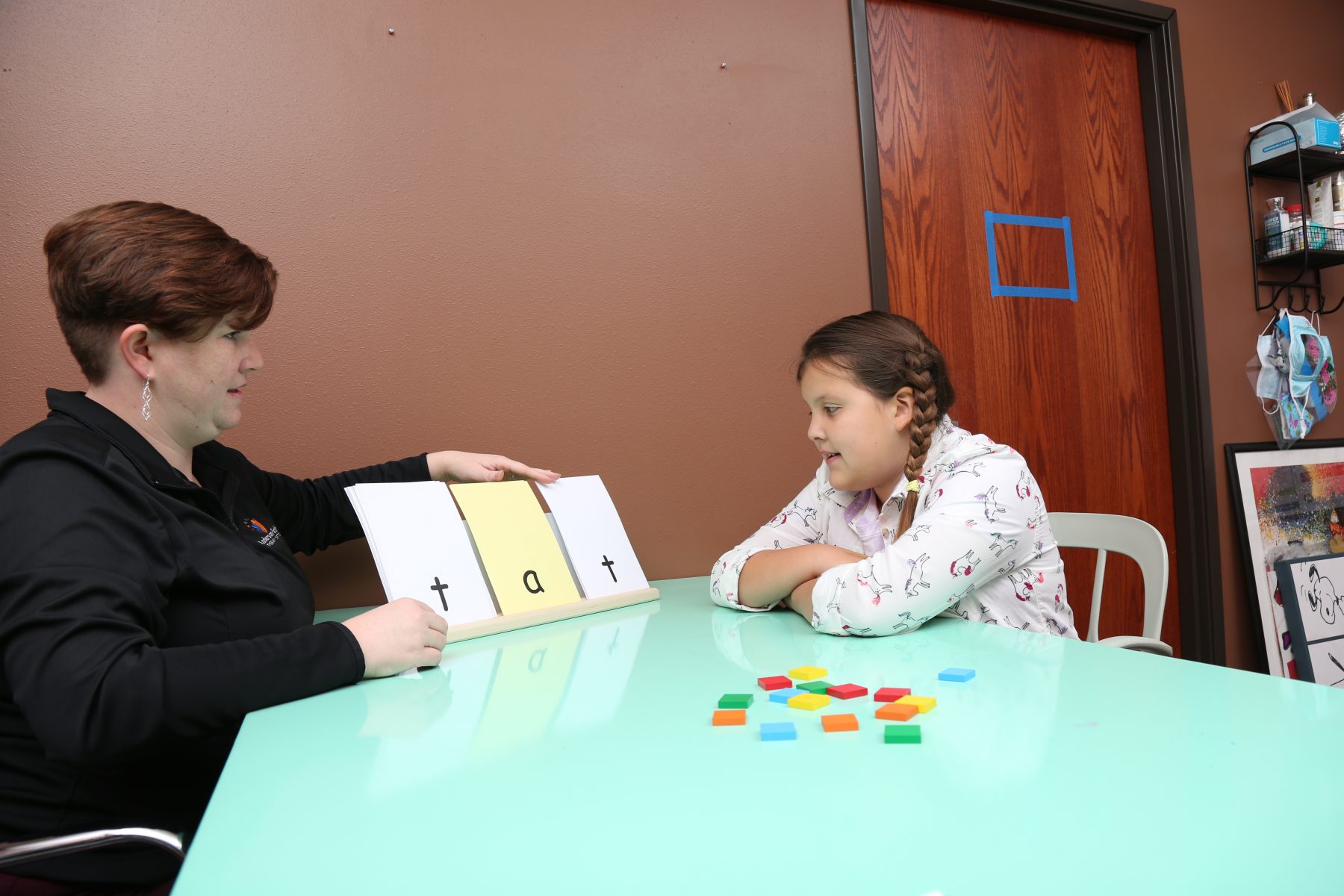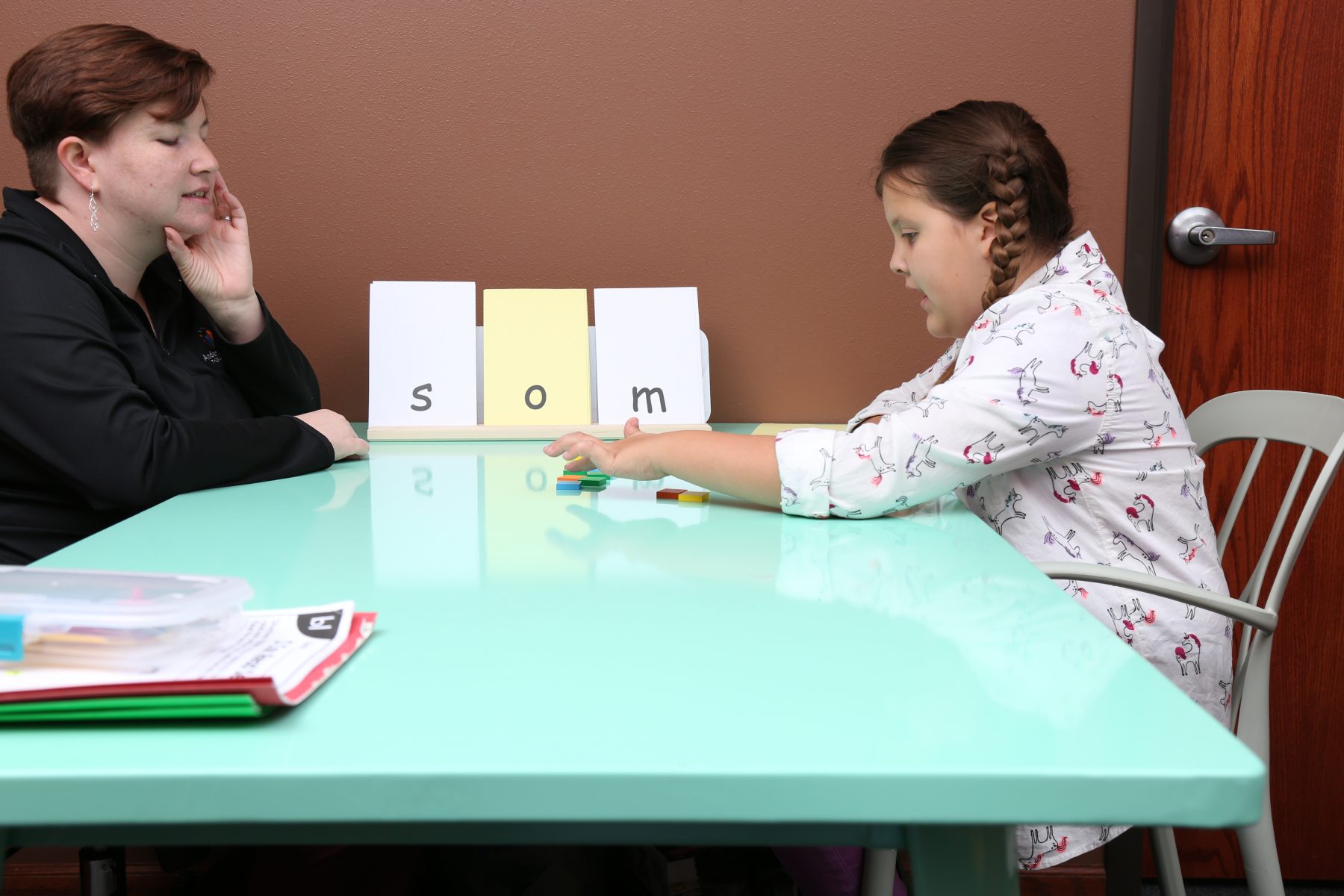
Classifications:
– Dyslexia
– Dysgraphia

“Our daughter, Harper, began seeing Anna for some reading challenges she was experiencing. Despite a home life filled with literacy, and a school education with wonderful teachers, Harper just needed a little extra. The progress Harper has made in a relatively short time is so impressive. Harper’s self-esteem has gotten a huge boost, and the pride she feels in working with Anna is evident. We cannot thank Anna enough for what she has done for Harper!” – Carin Griffith
Does your child struggle with spelling, reading comprehension, or has a diagnosis of dyslexia?
We offer a variety of literacy services and are trained in and utilize several different approaches including Orton-Gillingham, Lindamood-Bell, and the Barton Method.

Orton-Gillingham
The Orton–Gillingham Approach (OG) is a direct, explicit, multisensory, structured, sequential, diagnostic, and prescriptive way to teach literacy when reading, writing, and spelling does not come easily to individuals, such as those with dyslexia. The basic purpose of everything that is done in the Orton-Gillingham Approach, from recognizing words to composing a poem, is assisting the student to become a competent reader, writer and independent learner.
The Barton Reading & Spelling System
The Barton Reading & Spelling System is an intense intervention program that is influenced by OG and is research-based. The system was designed by Susan Barton to help students who struggle to decode (read) and encode (spell) words and who are slow & inaccurate readers.
Seeing Stars by Lindamood-Bell
Seeing Stars by Lindamood-Bell is a program designed to enhance the automaticity of symbol imagery for phonological and orthographic processing. Improving orthographic processing can assist with sight word recognition, sounding out words, phonemic awareness, reading fluency and spelling.

“Reading is the key that opens doors to many good things in life. Reading shaped my dreams, and more reading helped me make my dreams come true.”
– Ruth Bader Ginsburg

What are the signs?
The following are the most common signs of Dyslexia:
Delayed speech
Late establishing a dominant hand
Trouble memorizing their address, phone number, or the alphabet
Has a close relative with dyslexia
Can't remember sight words (they, were, does)
Slow, choppy, inaccurate reading
Dysgraphia (slow, non-automatic handwriting that is difficult to read)
Letter or number reversals continuing past the end of first grade
Limited vocabulary
Extremely poor written expression
Poor grades in many classes
*Information taken from www.brightsolutions.us and dyslexiaida.org